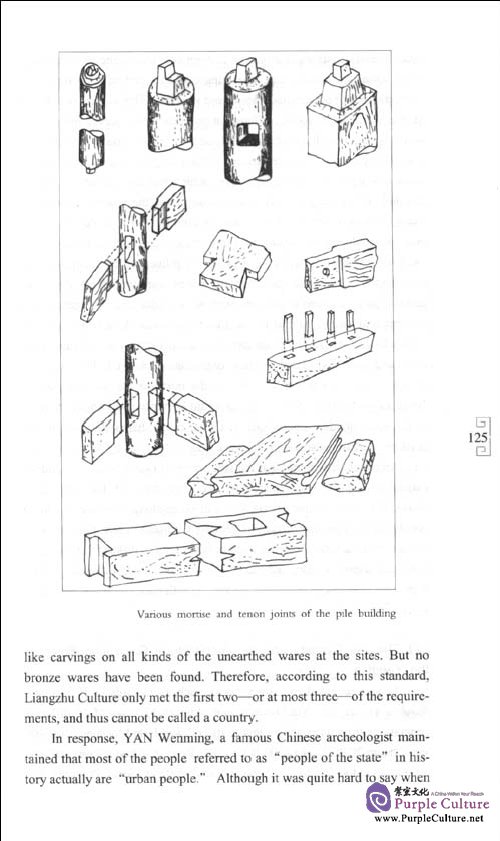Sample Pages Preview

C. The Integrative Concept
The contemporary philosopher REN Jiyu once said: "Culture is not something that dies, it has life and vigor, in possession of openness and in- clusiveness, different cultures will harmoniously blend when they meet. The surface-level components of living culture(such as clothes, food, tools) are easily absorbed by each other while the deeper levels and concepts (such as philosophical systems, ideas about value and ways of thinking) cannot be revealed at first sight and can only possibly blend when there is a deep cul- tural foundation and cultural attainment. This type of high-level integration can only take place among great nationalities with a solid cultural basis."
Chinese ancient architectural styles were formed by the integration of different architectural features all over China through the process of trade, immigration, and wars between clans and ethnic groups. The influence from external nationalities such as Ancient India and Greece should be in- cluded in such integration as well. The integrative concept in architecture is easily formed in China since the nation was essentially shaped by an amal- gamation of nationalities. The evolution and finalization of an established set was the result of the integration of architectural cultures in the north and the south. The birth of Chinese-styled stupas was an example of high-level integration——the fusion of ancient Chinese and Indian cultures that resulted in the emergence of Buddhist architectural culture in China.
During research on the historical evolvement of ancient Chinese ar- chitecture, an ignorance of the integrative concept will result in a failure to grasp essential points. "Architectural integration" simply is reality.
In conclusion, ancient Chinese wood construction originated through a process of " bionic architecture," developed through " architectural evolution" and improved by means of "architectural integration." These three architectural mechanisms are not independent of each other but often overlap. For example, "architectural integration," a reaction of architec- ture meeting the demands of different cultural environments can also be taken as a special kind of evolution and "architectural evolution" can be promoted by the theory of " bionic architecture." Therefore, the development of ancient Chinese wood construction was jointly affected by the above-mentioned mechanisms. So was the wood construction technology south of the Yangtze.
